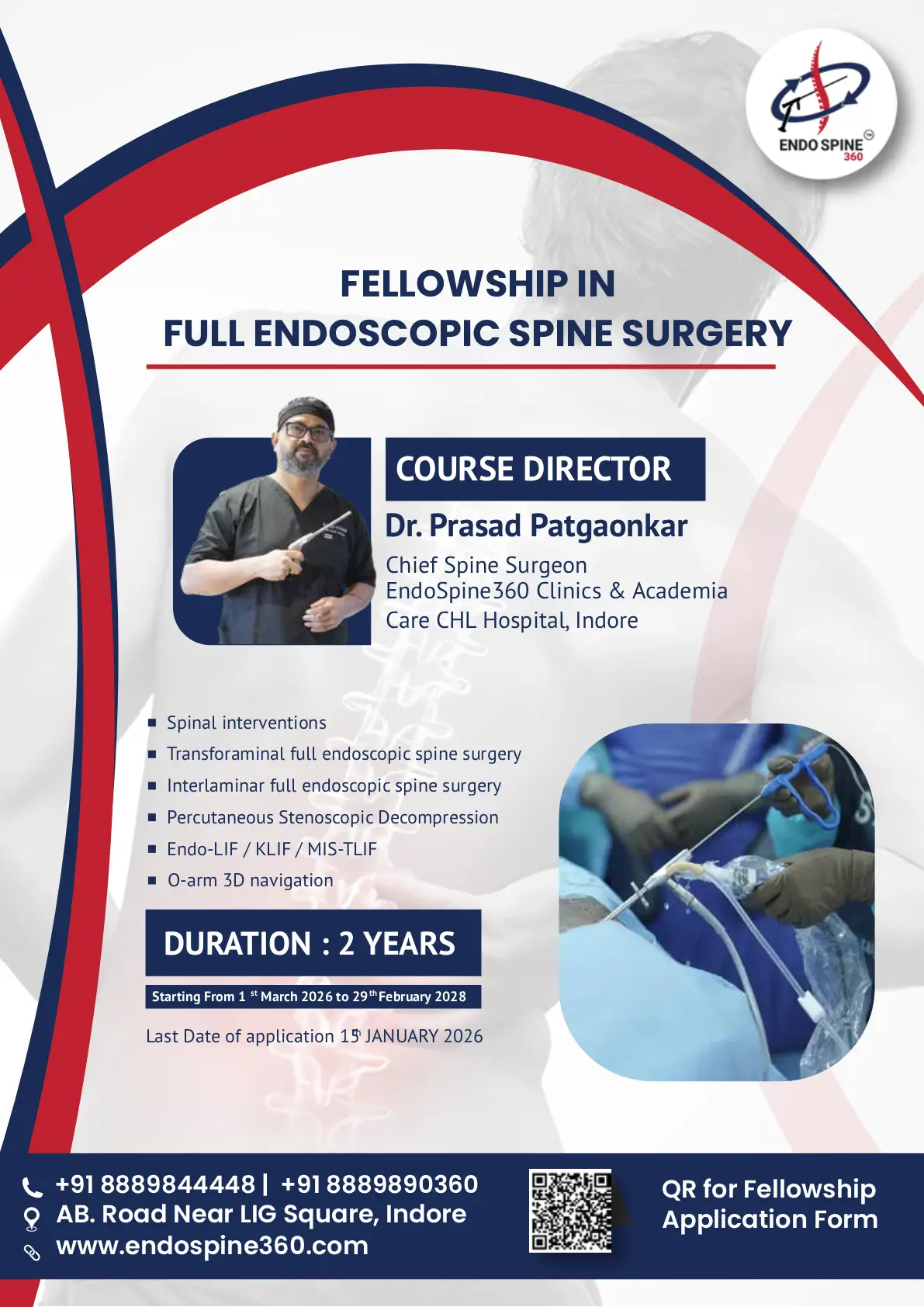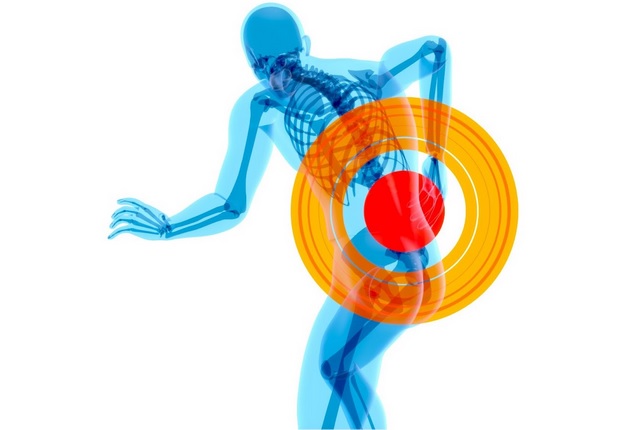Sciatica? Try These Stretches at Home for Pain Relief
- Admin
Sciatica commonly refers to the radiating pain resulting from irritation of the sciatic nerve. This term is often used to depict leg pain, tingling, numbness, or weakness caused by inflammation or compression of a spinal nerve in the lower back. The sciatic nerve, extending from the lower back down the back of each leg, is the longest nerve in the human body. Sciatica typically initiates in the lower back pain, travels through the buttocks, and extends down the legs, concluding just below the knee.
It's crucial to recognize that sciatica is not a standalone condition but rather a symptom indicative of an underlying issue involving the sciatic nerve.
Stretches at Home that provide Relief
Knee-to-Chest Stretch
The knee-to-chest stretch is a well-known exercise designed to ease pressure on the sciatic nerve and alleviate associated pain. To execute this stretch, lie on your back and gently bring one knee towards your chest, holding the position for 30 seconds. Afterward, switch legs and repeat the stretch 2-3 times on each side. Incorporating this exercise into your routine can contribute to the relief of sciatic nerve discomfort.
Pelvic Tilt
The pelvic tilt is an effective exercise aimed at stretching the lower back muscles and alleviating sciatica pain. To execute this stretch, lie on your back with knees bent and feet flat on the ground. Engage your abdominal muscles, gently pressing your lower back into the ground. Hold this position for 5 seconds and then release. Repeat the tilt 10-15 times to enhance flexibility and promote relief from sciatic nerve discomfort.
Seated Spinal Twist
The seated spinal twist is an effective stretch for relieving tension in the lower back and hips. To perform this stretch, sit on the floor with legs extended in front of you. Bend one knee and position the foot on the outside of the opposite knee. Place your hand on the ground behind you and gently twist your torso toward the bent knee. Maintain the position for 30 seconds, then switch sides. Repeat the twist 2-3 times on each side to enhance flexibility and alleviate tension in the lower back and hips.
Figure 4 Stretch
The Figure 4 stretch focuses on the piriformis muscle, positioned in the buttocks near the top of the hip joint. This muscle plays a role in hip movement and acts as an external rotator of the hip joint, potentially contributing to sciatica pain when tight or inflamed. To perform this stretch, lie on your back with knees bent and feet flat on the ground. Cross one ankle over the opposite knee and gently pull the knee towards your chest. Hold the position for 30 seconds, then switch legs. Repeat the Figure 4 stretch 2-3 times on each side to alleviate tension in the piriformis muscle and potentially reduce sciatica discomfort.
Cobra Pose
To execute the Cobra Pose, begin by lying on your stomach with your hands positioned under your shoulders. Press your hands into the ground and gently lift your upper body, ensuring your hips remain grounded. Maintain this extended position for 30 seconds, fostering a stretch that helps alleviate tension in the lower back and promotes flexibility.
Child's Pose
The child's pose is a soothing stretch designed to alleviate tension in the lower back and hips, potentially reducing the risk of sciatica pain. To perform this stretch, begin on your hands and knees. Gradually sit back onto your heels and extend your arms forward. Hold this relaxing position for 30 seconds, allowing the gentle stretch to provide relief and promote flexibility in the lower back and hips.
Hamstring Stretch
Tight hamstrings can exacerbate sciatica pain by exerting pressure on the pelvis and lower back. To perform this stretch, lie on your back with knees bent and feet flat on the ground. Lift one leg and straighten it, maintaining a bent position with the other leg. Place your hands behind the thigh and gently pull the leg towards you. Hold this stretch for 30 seconds, then switch legs. Repeat the hamstring stretch 2-3 times on each side to help alleviate tension and enhance flexibility in the hamstrings, potentially providing relief from sciatica discomfort.
Promote Good Posture for Sciatica Relief at Home
In your sciatic treatment routine at home, emphasizing good posture is crucial. Poor posture can contribute to muscle imbalances, potentially causing further damage and escalating pain. When sitting, prioritize keeping your back straight, ensuring your feet are flat on the ground, and keeping your shoulders relaxed. A slouched position can strain the lower back, exacerbating sciatic pain. To alleviate pressure on the back and prevent muscle imbalances, make it a habit to stand up every 15-30 minutes and take a short walk. Utilizing an ergonomic chair can also be advantageous, providing support to the lower back and fostering proper posture.
Use Hot or Cold Compresses for Pain Relief
For relief from sciatic pain, consider applying hot or cold compresses to the affected area. Utilize a heating pad to apply heat to your lower back for 15-20 minutes at a time. Alternatively, you can use an ice pack or a bag of frozen peas wrapped in a towel for a cold compress. This method can aid in reducing inflammation and alleviating pain associated with sciatica. Adjusting between hot and cold applications based on your preference may provide effective relief.
Alleviate Sciatic Pain with Stress-Reducing Techniques at Home
Sciatic pain can significantly impact one's quality of life, and stress is known to exacerbate these symptoms. Incorporating stress-reducing techniques can be an effective aspect of at-home sciatica treatment. Here are some techniques to consider:
Deep Breathing Exercises: Practice deep, mindful breathing to promote relaxation and reduce stress levels.
Progressive Muscle Relaxation (PMR): Systematically tense and then release different muscle groups to alleviate tension and promote overall relaxation.
Yoga and Stretching: Engage in gentle yoga or stretching exercises to improve flexibility, release muscle tension, and calm the mind.
Meditation: Incorporate meditation into your daily routine to cultivate a sense of calm and reduce stress.
Biofeedback: Use biofeedback techniques to gain awareness and control over certain physiological functions, helping to manage stress and pain.
Guided Imagery: Visualize calming scenes or scenarios to redirect your focus and reduce stress.
By integrating these stress-reducing techniques into your daily life, you may enhance your overall well-being and complement your at-home sciatica treatment.
Search
Categories
Popular Tags
Recent Post
-
Full endoscopic fellowship 2026

Fellowship in full endoscopic spine surgery under Dr. Prasad Patgaonka...
Read more -
From sciatica to disc problems: spinal diseases treated with endoscopic surgery in surat

Spine pain can quietly affect every part of your life—from walking and...
Read more -
Top spine hospitals in surat offering endoscopic & minimally invasive surgery

Back and spine problems can affect your daily activities, mobility, an...
Read more -
Spine health matters: trusted surgeons and specialists in surat

Your spine plays a vital role in supporting your body, enabling moveme...
Read more



